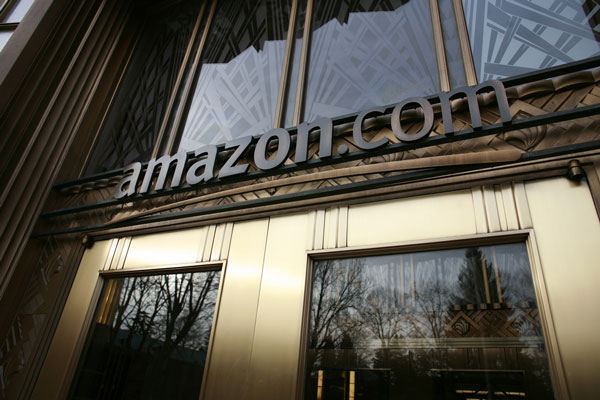Amazon’s year-old policy of letting third-party sellers compete for buy buttons is here to stay

It has been a little over a year since Amazon began allowing third-party sellers to “win” the buy buttons on its book pages. Previously, orders placed using the main buy button on a book page were sourced directly from Amazon’s stock, thereby guaranteeing that publishers and authors would be paid for the purchases. But with the change, Amazon allowed orders placed using some buy buttons to be sourced from third parties, cutting authors and publishers out of those transactions. (Among the factors Amazon uses to determine who wins the buy button are price, availability, and delivery time.)
Authors and publishers protested the change when it was implemented, but a number of industry members who have followed the issue say that the policy is not going away. “They are here to stay,” said Fran Toolan, CEO of Firebrand Technologies, referring to the third-party buy buttons. For one thing, Amazon allows third-party sellers to compete for buy buttons in all of its other categories.
In December, Firebrand’s Doug Lessing was one of three people who took part in a webinar titled “Tracking Third-Party Sales,” sponsored by the Book Industry Study Group, looking into the buy-button issue. Using its Eloquence on Alert software, Firebrand tracked 2,700 third-party sellers, and Lessing said he was surprised how often third-party sellers win the buy button. According to him, third-party sellers win the button on 5% of titles on an average day; at most, third-party sellers win the button on 15% of titles. The majority of the buy buttons that were won by third-party sellers, Firebrand found, were controlled by seven companies, and the average selling price for each book offered by a third-party seller was about 33% off of its price.
Lessing, along with fellow panelists Maureen McMahon, who is president and publisher of Kaplan Publishing, and Zack Price, founder of Blog into Book (a book vendor and publisher), agreed that the books likely to be of most interests to third-party sellers are high-priced titles, including textbooks. Frontlist trade titles are less likely to have buy buttons from third-party sellers, but for deep backlist titles whose inventory may be thin, third-party sellers have a relatively high portion of the buy buttons, Price said.
read more/source: https://www.publishersweekly.com/pw/by-topic/industry-news/bookselling/article/76406-publishers-are-urged-to-monitor-amazon-buy-buttons.html
